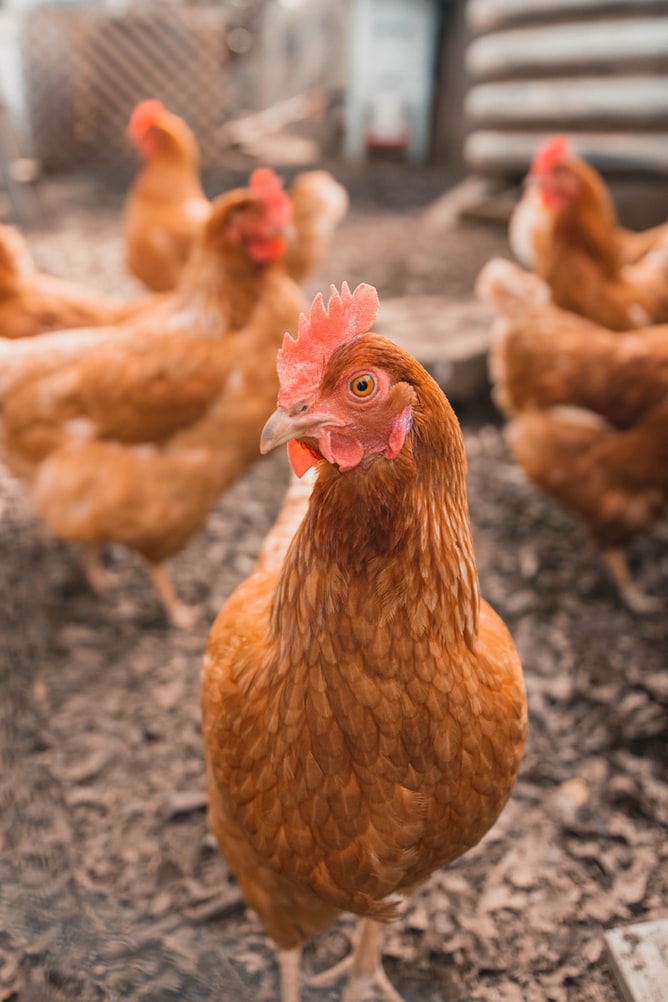



How Poultry Farmers Can Use Environmental Commodities
Under the Growing Climate Solutions Act (GCSA), small farmers, as well as ranchers and forest owners, are set to receive help in entering the “voluntary environmental credit market.”
This market, aiming to reduce carbon emission around the globe, was once only used by larger farms that could trade large sums of money with others, but now the market is opening to small poultry farmers, too.
By getting all types of farmers involved in this specialized market, the US government hopes to greatly reduce the amount of greenhouse gases in the air and slow or stop harsh climate change.
What Are Carbon Offsets?
Trading in the voluntary environmental credit market is a form of carbon offsetting. More broadly speaking, carbon offsets are the result of any action taken to reduce the amount of carbon gas in the Earth’s atmosphere. This can happen in two ways: at the source of carbon gas emissions or after the fact of carbon emissions.
Reducing Carbon at the Source
When carbon offsets take place at the source of emission, some protocols that may be put in place include choosing to use electric-run tools over gas-run ones or installing solar-powered lights in a building. These actions work to stop carbon emissions before they happen.
Neutralizing Released Carbon
However, carbon emissions can still be reversed, or neutralized, even after they are released. One popular way this is done is by restoring forests and wild grasslands, though not everyone has the resources needed to do this, which is where environmental commodity markets come in.
With these types of markets, anyone can buy or sell carbon offsets that neutralize carbon and greenhouse gas emissions through large-scale projects, like forest restorations.
How Can Poultry Farmers Get Involved in Carbon Offsetting?
Now that the government is offering tools and resources to small farmers for accessing the voluntary environmental credit market, poultry farmers can offset the carbon emissions of their farms by selling unused carbon credits or purchasing them from other stakeholders.
Of course, poultry farmers can also stop some carbon emissions at their sources. For poultry farms, the majority of carbon emissions come from the burning of fossil fuels, such as by using gas tractors, trucks and generators.
To halt these emissions, poultry farmers can consider switching to electric-run equipment as they are able. Animal waste of any kind can also contribute to greenhouse gas emissions, so containing chicken manure and disposing of it in a way that does not allow its gases to release into the air will help the environment tremendously.









